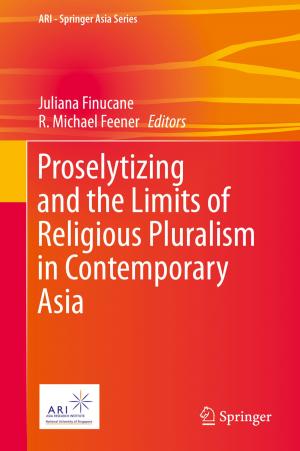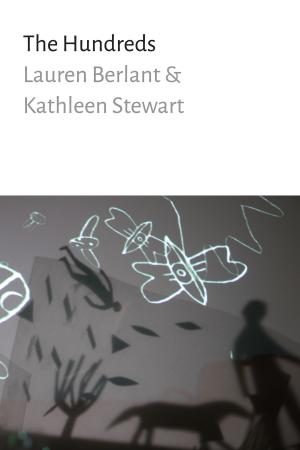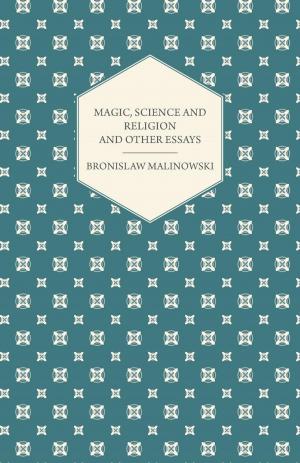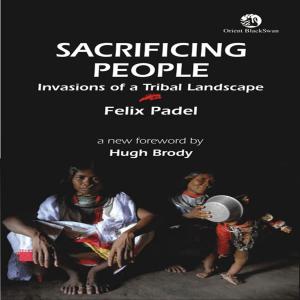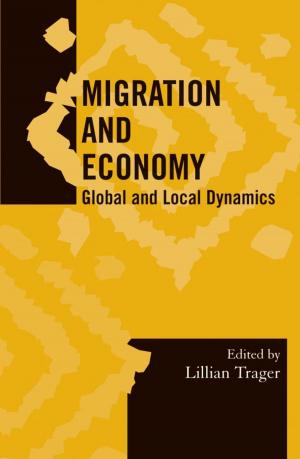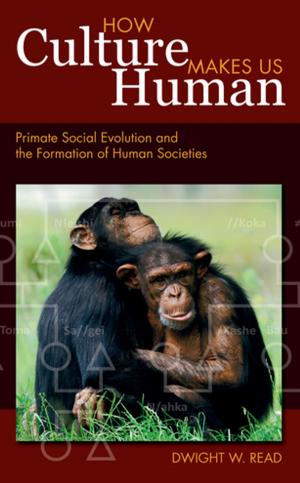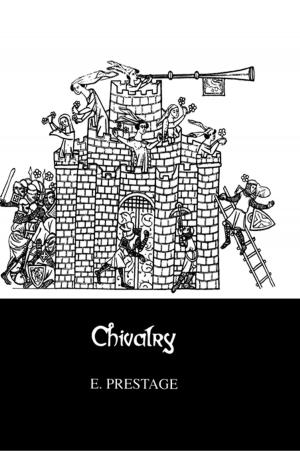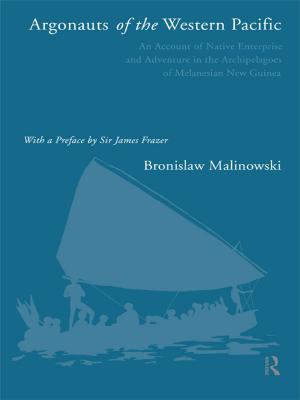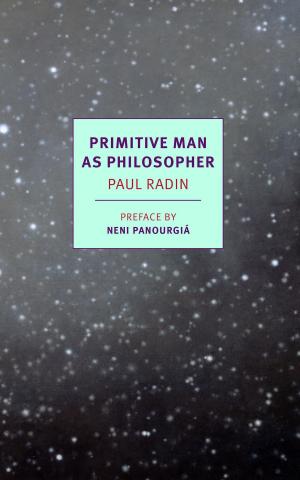Australian Aboriginal Kinship
An introductory handbook with particular emphasis on the Western Desert
Nonfiction, Social & Cultural Studies, Social Science, Anthropology| Author: | Laurent Dousset | ISBN: | 9782956398110 |
| Publisher: | pacific-credo Publications | Publication: | May 17, 2018 |
| Imprint: | pacific-credo Publications | Language: | English |
| Author: | Laurent Dousset |
| ISBN: | 9782956398110 |
| Publisher: | pacific-credo Publications |
| Publication: | May 17, 2018 |
| Imprint: | pacific-credo Publications |
| Language: | English |
Since the very early years of anthropology, Australian Aboriginal kinship has fascinated researchers in the field as well as theorists. Its complexity is considerable and, as some have remarked, its mechanical and logical beauty is astonishing. This complexity has however discouraged many scholars, students and people working in Aboriginal communities from actively and intellectually engaging with indigenous ways of conceiving and producing relationships based on kinship, despite the fact that it is a domain deeply embedded in everyday life and interaction. This handbook attempts to bring the principles of kinship in general, and Australian Aboriginal kinship in particular, closer to the reader in an understandable and pedagogic way. Aimed at Aboriginal people themselves, students in the social sciences and humanities or, in fact, any other person eager to learn more about Aboriginal Australia, while also discussing some issues of interest to even accomplished anthropologists, the book is divided into four general parts each tackling specific questions. Part 1 deals with the historical and ethnographic background against which the discussions on kinship are framed in later sections. Important concepts in anthropology such as 'culture' or 'hunter-gatherer societies' are looked at. Part 2 develops the basic tools and concepts needed to understand kinship. It discusses its main domains, such as terminology, marriage, descent and filiation. Part 3 applies the material considered up to this point to actual ethnographic examples from the Australian Western Desert and elaborates on other important concepts such as 'family', 'household' and 'domestic group'. Part 4 explains social organisation and, in particular, generational moieties, patri- and matrimoieties, sections and subsections, all of which are central to Aboriginal peoples' ways of interacting. Finally, the concluding chapter discusses in a more critical fashion the concept of kinship itself ad elaborates on the idea of relatedness as a meaningful expansion of formal kinship studies.
Since the very early years of anthropology, Australian Aboriginal kinship has fascinated researchers in the field as well as theorists. Its complexity is considerable and, as some have remarked, its mechanical and logical beauty is astonishing. This complexity has however discouraged many scholars, students and people working in Aboriginal communities from actively and intellectually engaging with indigenous ways of conceiving and producing relationships based on kinship, despite the fact that it is a domain deeply embedded in everyday life and interaction. This handbook attempts to bring the principles of kinship in general, and Australian Aboriginal kinship in particular, closer to the reader in an understandable and pedagogic way. Aimed at Aboriginal people themselves, students in the social sciences and humanities or, in fact, any other person eager to learn more about Aboriginal Australia, while also discussing some issues of interest to even accomplished anthropologists, the book is divided into four general parts each tackling specific questions. Part 1 deals with the historical and ethnographic background against which the discussions on kinship are framed in later sections. Important concepts in anthropology such as 'culture' or 'hunter-gatherer societies' are looked at. Part 2 develops the basic tools and concepts needed to understand kinship. It discusses its main domains, such as terminology, marriage, descent and filiation. Part 3 applies the material considered up to this point to actual ethnographic examples from the Australian Western Desert and elaborates on other important concepts such as 'family', 'household' and 'domestic group'. Part 4 explains social organisation and, in particular, generational moieties, patri- and matrimoieties, sections and subsections, all of which are central to Aboriginal peoples' ways of interacting. Finally, the concluding chapter discusses in a more critical fashion the concept of kinship itself ad elaborates on the idea of relatedness as a meaningful expansion of formal kinship studies.

